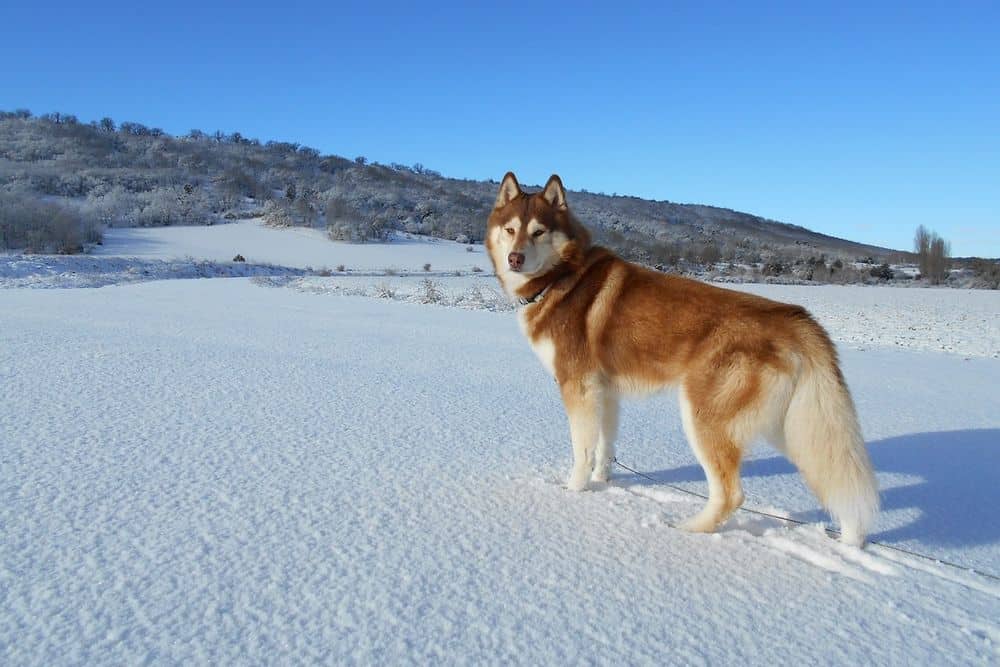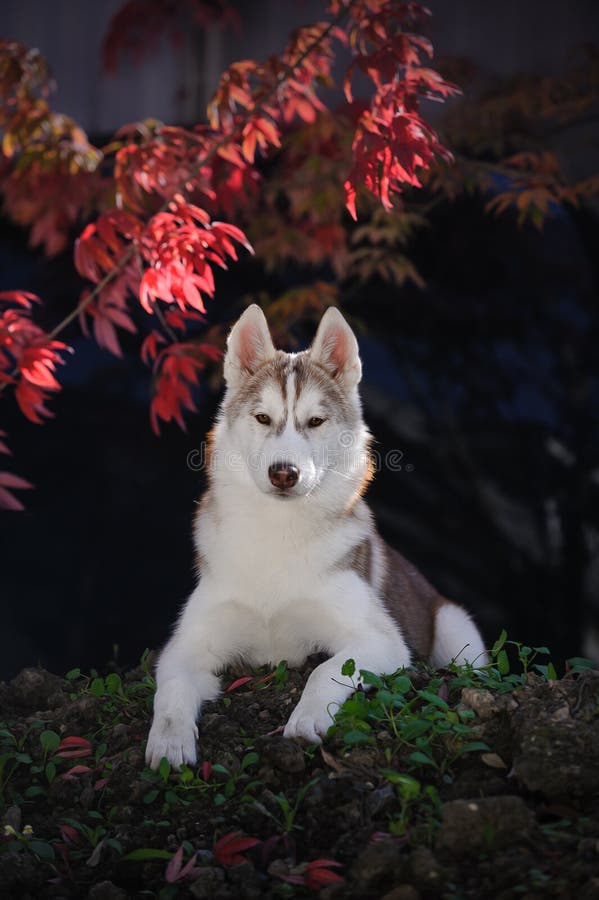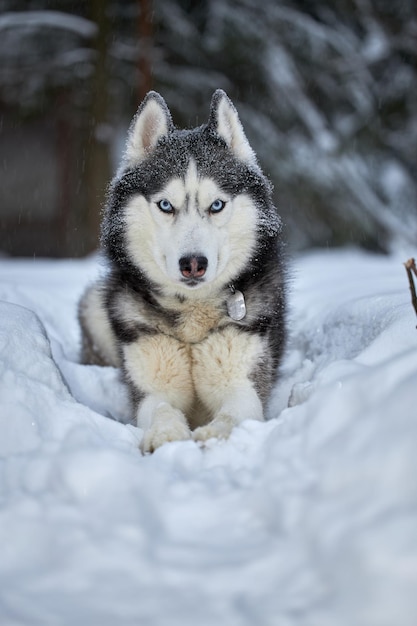The Siberian Husky is an iconic sled dog breed hailing from the harsh Arctic region of northeastern Siberia. With their thick coats, piercing blue eyes, and indefatigable spirit, Siberian Huskies embody the wild and untamed essence of the frozen north.
History and Origins

The Siberian Husky traces its ancestry back thousands of years to an ancient group of dogs used by the Chukchi people of Siberia.
Chukchi Sled Dogs
The Chukchi people relied on athletic, resilient dogs to pull their sleds across the brutal Arctic terrain. These ancestor dogs possessed remarkable stamina, strength, and cold tolerance – qualities that laid the foundation for the modern Siberian Husky.
Selective breeding over centuries honed the Chukchi dogs into highly-specialized sled dogs ideally suited to frigid climates. They formed a crucial part of the Chukchi lifestyle, hauling supplies and providing transport.
Introduction to North America
In the early 20th century, the allure of sled dog racing gripped Alaska and the contiguous United States. Siberian Huskies were imported from Siberia and immediately dominated races with their speed and grit.
Their success in high-profile events like the All-Alaska Sweepstakes sparked widespread interest in the breed as a racing and recreational sled dog. Today, they are one of the most popular northern breeds in North America.
Physical Attributes

Siberian Huskies are medium-sized dogs with a striking, wolf-like appearance.
Striking Facial Markings
Siberian Huskies are distinguished by their facial markings – black “eyebrows” and a black nose/mask around piercing blue or brown eyes. These facial markings contrast sharply with their white muzzles.
Many Siberian Huskies also have a white blaze running down the center of their forehead. Together, these markings give Siberian Huskies a bold, arresting look reminiscent of a wolf or fox.
Weatherproof Coat
Siberian Huskies boast a thick double coat ideally adapted to extreme cold. Their undercoat is short, dense, and wooly in texture while the topcoat consists of longer guard hairs. This double coat provides superb insulation against the biting chill of northern winters.
Common coat colors include black and white, gray and white, copper-red and white, and pure white. No color patterns or markings are considered rare or unusual.
Temperament

Siberian Huskies are highly active, athletic dogs overflowing with energy. They are famously friendly and gentle, forging close bonds with people while getting along well with other dogs.
Affectionate yet Independent
Siberian Huskies thrive when they can spend ample time with their families. They crave attention, play, and activities that allow them to use their intelligence. However, they are also independent thinkers capable of entertaining themselves.
High Prey Drive
Due to their sled dog heritage, Siberian Huskies have a strong prey drive. They will enthusiastically chase small animals that flee from them. This makes them ill-suited for homes with small pets like rabbits, hamsters, or cats.
Early socialization can teach Siberian Husky puppies to coexist peacefully with other family pets. However, their high prey drive should never be underestimated.
Not Watchdogs
Despite their intimidating appearance, Siberian Huskies make poor guard dogs. They are naturally trusting and affectionate towards people, even total strangers. Owners cannot depend on Siberian Huskies to warn of intruders or provide protection.
Exercise and Training Requirements
Siberian Huskies are bursting with energy and thrive on vigorous daily exercise. They make wonderful hiking and jogging companions. If understimulated or undersocialized, Siberian Huskies may engage in destructive behavior.
High Activity Level
Siberian Huskies need a minimum of 60 minutes of intensive exercise per day. However, they have incredible stamina and can happily run for hours alongside skiers, bicyclists, rollerbladers etc. Multiple long outings are ideal for this breed.
Responsive to Positive Training
Siberian Huskies are intelligent yet independent thinkers. They respond best to positive reinforcement training that employs rewards like treats, praise, and play. While stubborn at times, they can master advanced obedience cues and tricks.
Thrilled by Cold Weather
Siberian Huskies relish cold conditions. Regardless of the outdoor temperature, they require their usual quota of exercise. Heavy snowfall and icy terrain will not slow down an athletic Siberian Husky whatsoever. Owners need to match this dog’s icy temperature tolerance and boundless energy reserves.
Conclusion
The striking Siberian Husky, with its wolf-like markings and ice blue eyes, beautifully embodies the rugged spirit of Siberia’s frozen frontier. Bred by the Chukchi people to haul heavy sleds across unforgiving Arctic terrain, the resilient Siberian Husky possesses endless endurance and a willing work ethic. While thriving as sled dogs, Siberian Huskies also make playful and gentle family companions. They form close bonds with their people while maintaining delightful independence. Siberian Huskies require extensive daily exercise and respond wonderfully to positive training. Overall, this remarkable northern breed makes a splendid pet for active households. The unmistakable Siberian Husky will forever be the definitive dog of the winter wilderness.